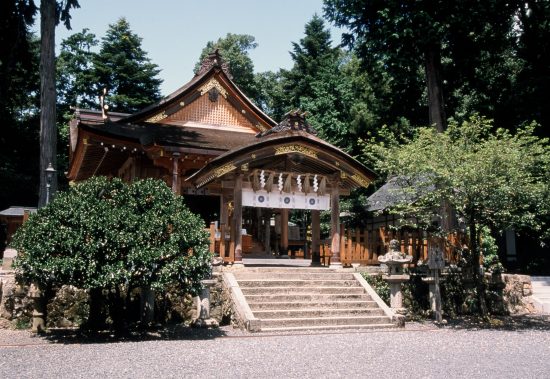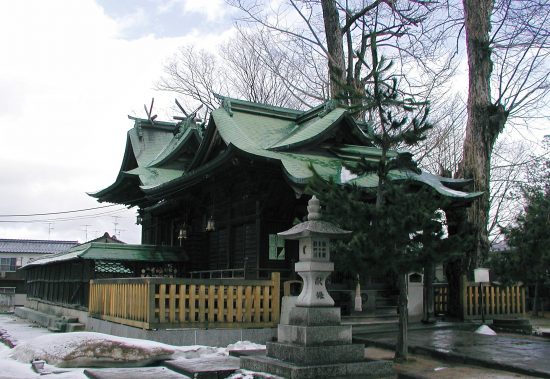Japan Heritage Tottori City's Kirin Dance-Tottori Prefecture-
The Ube Shrine Kirin Dance Preservation Association is based in Tottori, home of the Tottori Toshogu Shrine — the birthplace of the Kirin Dance, and the central heart of "Kirinnomachi."
As the largest preservation organization in the area, it is responsible for protecting the traditional dance in all other locations. Built in the year 648, and having earned the title of ichinomiya — the highest rank possible for a Shinto shrine — both Ube Shrine and the Kirin Dance it upholds share an important pedigree.
The Kirin Dance of Inaba
The Ube Shrine Kirin Dance Preservation Association

Mr. Akihiro Yamamoto, the representative of the association, has this to say: "It makes me so happy to see the Kirin Dance, something considered part of normal life for us, acknowledged as a Japan heritage. We want to preserve what has been passed down to us for as long as we can."

The shrine currently has ten caretakers, and while until recently the dance was upheld by those living in the nearby area, there are now people from all over who come, wanting to participate. According to Mr. Yamamoto, the dance isn't as organized or as fancy compared to others, but it's important to perform it the way it's been passed down. During the official "main dance," the Kirin faces three different directions, while it may only face one or two directions in dances performed at other locations.

Mr. Yasuo Yashiba, who has danced as the head of the Kirin for 10 years, has said proudly: "This isn't a dance just anyone can do. There are people who thought they could, but it's not easy. You have to train hard and be able to envision what the Kirin's movements look like from the outside, and let the flow of your fingers permeate through its body."
Even though it is a more relaxed dance than others, it still takes a toll on the performers' bodies, and requires skill in order to convey its impact to the audience, sometimes bringing them to tears. As Mr. Yashiba has said, "That is why, for as long as we can, we want to keep this tradition alive."
Japan Heritage
Tottori City Cultural Property
-

Jinpukaku Mansion (Tottori Prefecture, Tottori City)
A western-style residence built at the ruins of Tottori Castle for the Ikeda family, the feudal lords of Tottori. It was restored in 1907 when the crown prince visited the region, and was celebrated with a festival showing off the traditional Kirin Dance. Today, the dance is still regularly performed, bringing joy to visitors from all over.
-

Ube Shrine (Tottori Prefecture, Tottori City)
As the Inaba region's ichinomiya (the highest rank possible for a Shinto shrine), Ube Shrine has long been a place that collected religious practices. It inherited Toshogu Shrine's traditional Kirin Dance that was almost lost, and has passed it down to many other communities. Today, the shrine blesses its visitors by having the Kirin head gently bite down on their heads.
-

Tottori Toshogu Shrine (Tottori Prefecture, Tottori City)
This shrine was originally built in the Tottori Castle town for the first feudal lord of Tottori to swear an oath of leadership, and to worship his great-grandfather Ieyasu Tokugawa. The birthplace of the Kirin Dance, this refined-yet-rustic shrine is located in a valley surrounded by trees.
-

Hijiri Shrine Main Hall, Worship Hall and Hall of Offerings (Tottori Prefecture, Tottori City)
Similar to Ube Shrine, Hijiri Shrine has long been a prominent place for collecting religious practices. It also inherited Toshogu Shrine's traditional Kirin Dance that was almost lost, and has passed it down to many other communities.
-

Tottori Castle Ruins Headquarters of Toyotomi Hideyoshi During His Siege of Tottori Castle (Tottori Prefecture, Tottori City)
The residence of the first Tottori feudal lord, Mitsunaka Ikeda, who introduced the Kirin Dance in this area. Built on the rough terrain of Mt. Kyushozan that was carved out long ago by raging waves, it served as a strong castle during the Warring States period (1467-1615).
